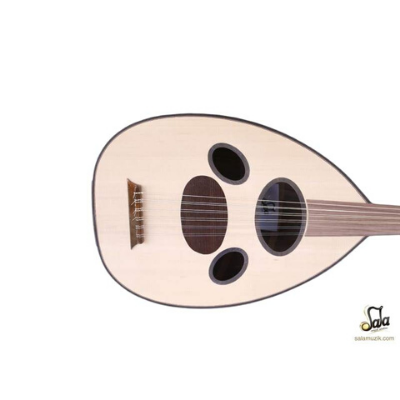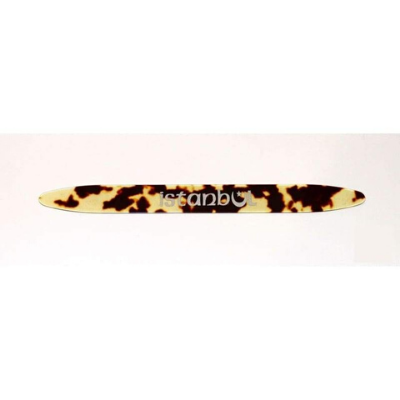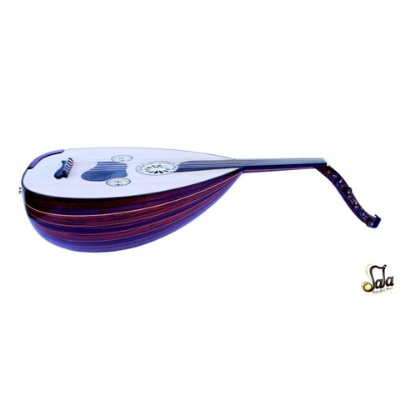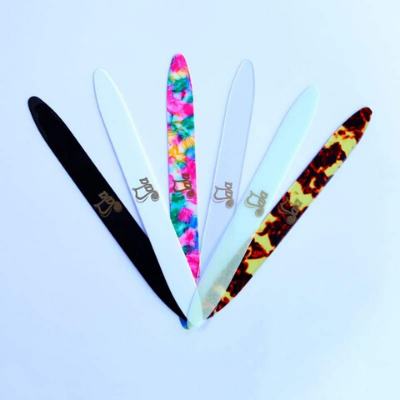How To Hold An Oud Risha

For some, the oud is the “king of instruments”. Made of wood, this short-neck, pear-shaped stringed instrument is similar to a lute. Its origins date back to the earliest Arab civilizations with the instrument’s name derived from the Arabic for ‘the wood’ [al-oud]. Its popularity quickly spread and today, the oud forms a core part of the musical traditions of countries across central Asia, Anatolia, the Balkans, North Africa and the Middle East.
Modern-day ouds fall into three categories: Arabic, Turkish, and Persian- known locally as a barbat.
This distinction is not based solely on geography; the Arabic oud is found not only in the Arabian peninsula but throughout the Arab-world. Turkish ouds have been played in Greece, where they are called outi, and in other locations in the Mediterranean. The Arabian ouds, such as the Iraqi oud, Egyptian oud and Syrian oud, are normally grouped under the term 'Arabian oud' because of their similarities, although local differences may occur.
Arabian ouds are normally larger than their Turkish and ouds, and they produce a fuller, deeper sound, whereas the sound of the Turkish oud is more taut and shrill, also the Turkish oud is usually tuned one whole step higher than the Arabian. Turkish ouds tend to be more lightly constructed than Arabian with an unfinished sound board, lower string action and with string courses placed closer together. Turkish ouds also tend to be higher pitched and have a "brighter timbre." Arabian ouds have a scale length of between 61 cm and 62 cm in comparison to the 58.5 cm scale length for Turkish.


The modern Persian Barbat has a smaller body, longer neck, a slightly raised fingerboard, and a sound that is distinct from that of the oud.
The Cümbüş is a Turkish instrument that started as a hybrid of the oud and the banjo.
You may also like: All About Oud Instrument
How to Hold the Oud
Since your oud needs space, you should sit on a chair that doesn’t have arms. You can put your right leg on the type of a footstool used by classical guitarists, or you can cross one leg over the other. Your shoulders should be straight and your whole body should be relaxed. If you notice tension in your back, arms, neck or any other part of your body, try changing your position. It’s very helpful to practice in front of a mirror so you can see how you are sitting. The face of the oud should be vertical and the strings and neck, horizontal. The instrument should be well balanced and stay on your lap without slipping and without holding it with the right hand.


How to Choose Oud Pick
The strings of the oud were traditionally plucked using an eagle's feather, known in the Arab world as a risha (and in Turkey as a mizrap). However, eagle feathers are not readily available nowadays, so modern players have looked to other materials. Many professional players use a risha made from horn (of a cow, for example), which is softened first by being soaked in oil. Plastic rishas are also very popular both for beginner and professional, due to their cheapness and availability.


How to Hold an Oud Risha
There are multiple ways to hold the risha. You may learn how to hold an oud risha one way and would like to change it according to your style or comfort during your journey. For example, you can hold the Oud risha between your index and thumb, not allowing too much or to little stick out. The rest of your fingers are curled around the Oud risha. And your thumb is curved. Or you can hold the Oud risha the same, but shorten the length that sticks out from between your fingers. You can play harder and stronger. And also you can use a thick, heavy Oud risha. The bigger the area, more string area you’re going to hit. This is good for rhythmical playing, but it might be clumsy when you require finesse.
Please see our recommendation on how to hold an oud risha in the youtube video below. The strings of the oud are struck with the tip of the risha - downstrokes, upstrokes or a mixture of both are used, depending on the player's preference or the desired effect (downstrokes tend to produce more volume and a sharper 'attack'). Rapid alternation between downstrokes and upstrokes is known as tremolo. A good risha technique is one of the main signs of an accomplished oud player, so it is worth spending time on this aspect of your playing.
For further information please see our Oud Collection.





Leave a comment